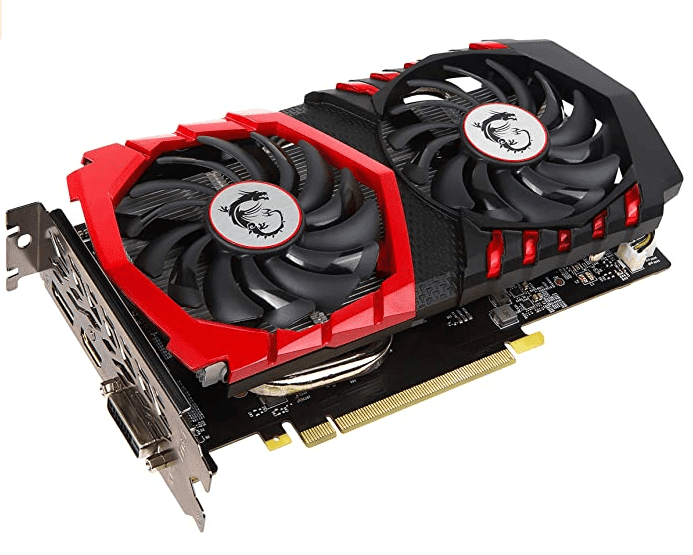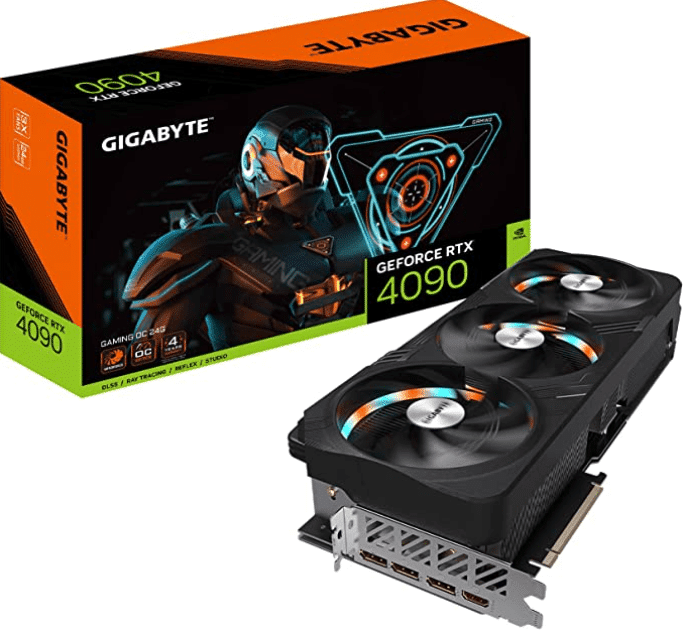Selecting the right graphics card (GPU) can unleash your PC’s full potential for gaming, creating, and multitasking. Compatibility is key to ensuring your chosen GPU works seamlessly with your computer’s ecosystem. Not all graphics cards can simply slot into any system. This article will guide you through the critical steps of finding a graphics card that is compatible with your PC, discussing motherboard interface, power requirements, physical dimensions, and driver support.
Motherboard Interface and Compatibility
Identifying the Correct PCIe Slot
The first connection point between your graphics card and computer is the motherboard slot. Most modern graphics cards use a PCIe x16 slot. Open your PC case and locate the slot on your motherboard. It’s usually the longest slot and positioned closest to the CPU. Ensure it’s of the same PCIe version (or newer) that the GPU supports to guarantee compatibility and optimal performance.
Understanding BIOS and UEFI Considerations
Compatibility also extends to the motherboard’s firmware. Make sure that the GPU supports your motherboard’s firmware type, whether it’s the traditional BIOS or the newer UEFI. Newer GPUs are typically compatible with UEFI firmware, but checking the manufacturer’s specifications is always best. If needed, you might need to update your motherboard firmware to ensure compatibility with newer graphics cards.

Power Supply Adequacy
Calculating Power Supply Requirements
Graphics cards can be demanding on system power. Confirm that your power supply unit (PSU) offers sufficient wattage for the GPU plus all other system components. Check the power supply for available PCIe power connectors (6-pin or 8-pin) as required by the GPU. If your PSU does not meet these requirements, consider purchasing a dedicated and compatible PSU for your chosen graphics card.
Evaluating Quality and Output
The stability of a graphics card also depends on the quality of power supply. Opt for a PSU from a reputable manufacturer and ensure it provides consistent power output that meets or exceeds the GPU’s demands. A PSU will a high efficiency rating and protective features like over-voltage protection will safeguard your components during operation.

Physical Fit and Cooling System
Ensuring Physical Compatibility
Don’t overlook physical dimensions when selecting a graphics card. Measure the internal dimensions of your PC case, specifically the card’s clearance length (from the back of the case to the drive bays or other obstacles). Also, consider the GPU’s height and width to ensure it does not block other slots or components. Hefty GPUs with extensive cooling solutions, like bulky heatsinks or multiple fans, need ample space to fit without obstruction.
Cooling and Airflow Management
Powerful GPUs generate heat which impacts performance and longevity if not managed correctly. Confirm good airflow in your case, assess the existing cooling setup, and decide if additional fans or a more advanced cooling system (like liquid cooling) is necessary. Opt for a GPU whose thermal solution is matched to your case’s airflow capabilities to avoid overheating and ensure stable operation.

Software and Driver Compatibility
Operating System Support
The graphics card you choose must have driver support for your operating system (OS). Whether you’re using Windows, Linux, or macOS, manufacturers provide specific drivers that ensure the GPU runs correctly on your OS. Check for driver availability on the manufacturer’s website before purchasing the card.
Keeping Up to Date with the Latest Drivers
After confirming OS compatibility, make ongoing driver support a priority. Manufacturers regularly update drivers to fix bugs, optimize performance, and enable new features. Plan to regularly check and update your drivers to maintain peak performance and compatibility with new software and games.

Expanding Performance with Multi-GPU Setups
Compatibility with SLI and CrossFire
For those seeking to push their system’s graphical capabilities even further, running multiple graphics cards in tandem is an option. Technologies such as NVIDIA’s SLI and AMD’s CrossFire allow two or more GPUs to work together. Check if your motherboard supports these multi-GPU configurations and that you have enough PCIe x16 slots. Be mindful that both GPUs should be of the same model and, in most cases, from the same manufacturer for optimal performance.
Planning for Increased Power and Cooling
Running multiple GPUs will significantly increase power consumption and heat output. Therefore, ensure your PSU can handle the added load, and consider that you may need to upgrade your cooling system. Additionally, a roomier case may be required to house and effectively cool a multi-GPU setup. Dual cards also mean more noise, which should be considered if you prefer a quieter working environment.

Future-Proofing Your GPU Purchase
Considering Upgradability and Longevity
When shopping for a new GPU, think about how it will serve your needs in the long term. Hardware evolves rapidly, so choosing a card that exceeds your current requirements can offer more mileage before the next upgrade. Factor in how GPU advancements, such as ray tracing and neural graphics processing, might influence your future use cases. Opting for a card with the latest technology may have a higher upfront cost but can offer better performance as software requirements evolve.
Identifying Bottlenecks Outside the GPU
Lastly, a new, powerful GPU can be stifled by other system bottlenecks, such as an outdated CPU, slow RAM, or limited storage speeds. Consider the balance of your entire system to ensure that your brand-new GPU can deliver its full potential. If needed, it might be wise to plan for other component upgrades that will help maintain a harmonious performance equilibrium within your PC.
Staying Informed on Current and Upcoming Technologies
When ready to purchase a GPU, it’s wise to stay updated on the latest market trends and upcoming releases. GPU technology advances rapidly, and prices can fluctuate based on demand, new product launches, and industry shifts. Keep an eye on hardware review sites, tech forums, and manufacturer announcements to gauge the best time to buy and to avoid investing in outdated technology. Additionally, consider the second-hand market for deals on previous-generation cards, but always weigh the lack of warranty and potential past stresses on the hardware. By approaching your GPU purchase as an informed consumer, you can ensure compatibility with your PC while also securing the best value for your investment.
In sum, finding a compatible graphics card for your PC requires checking motherboard slots, ensuring your PSU is up to par, confirming the card physically fits your case, and verifying software support. By thoroughly assessing these components, you can choose a GPU that not only fits but also enhances your PC’s performance. Don’t rush the decision; by taking the time to research and match your system’s capabilities with the right graphics card, you can enjoy improved computing experiences whether you’re gaming, editing video, or just browsing the web.
